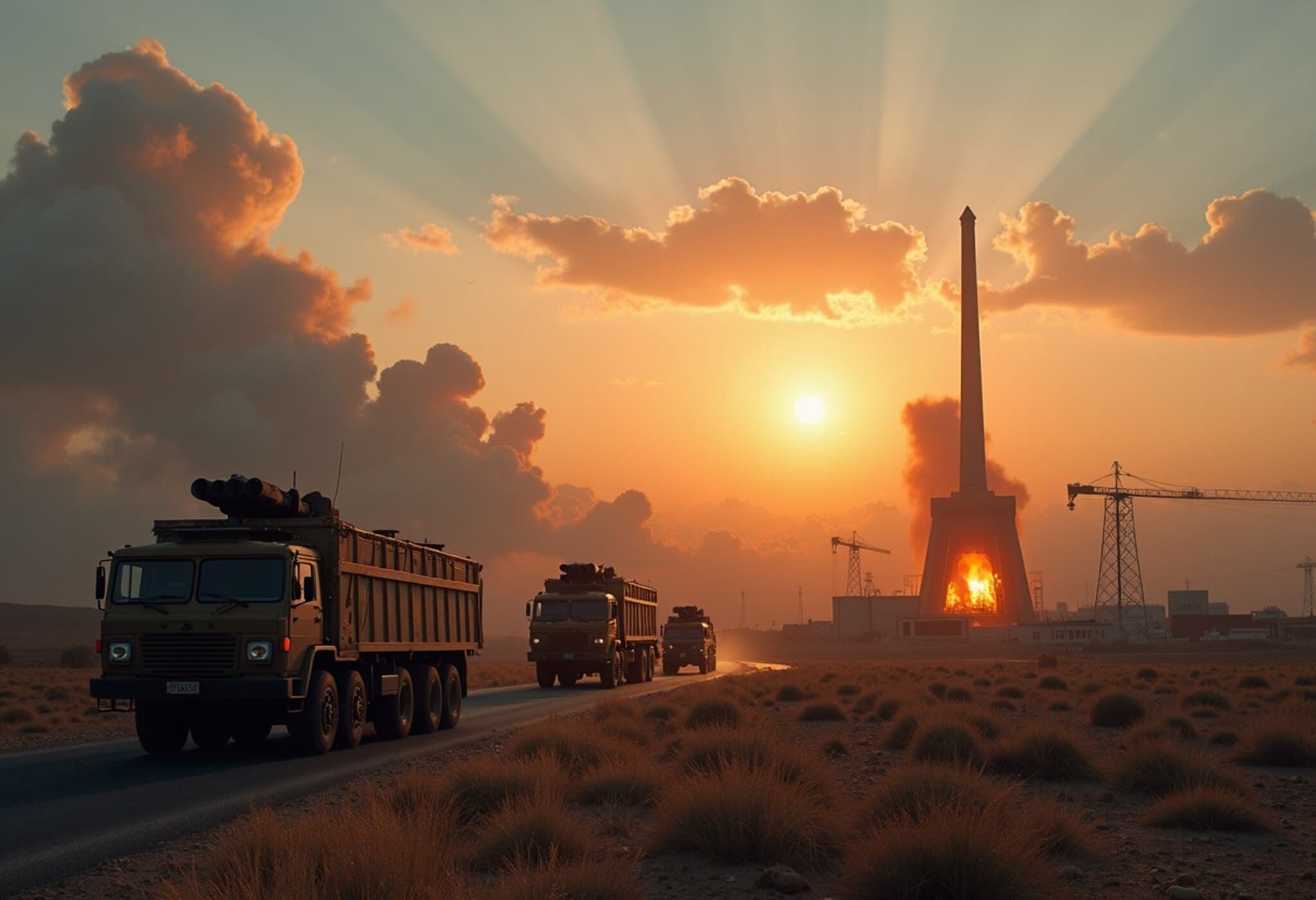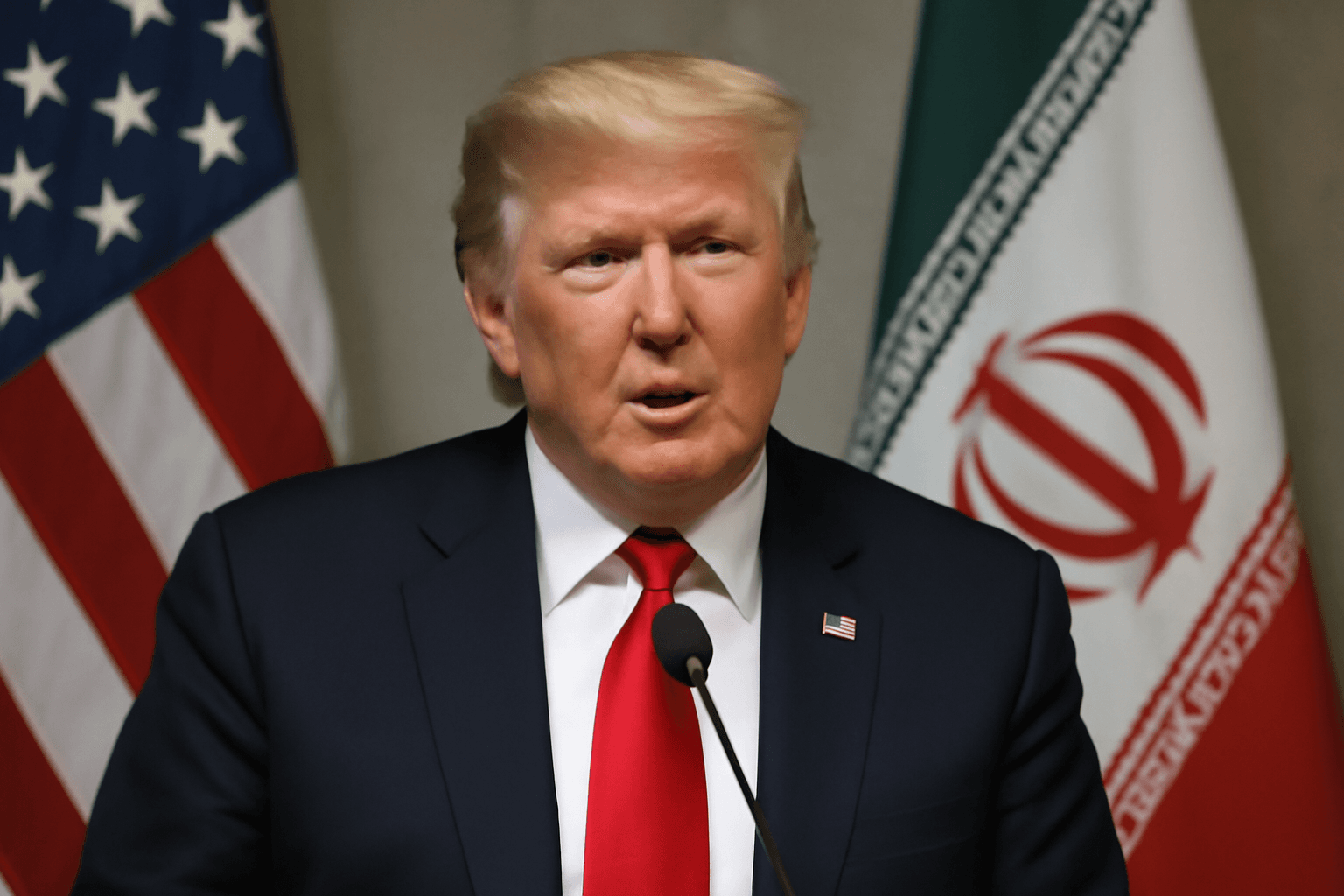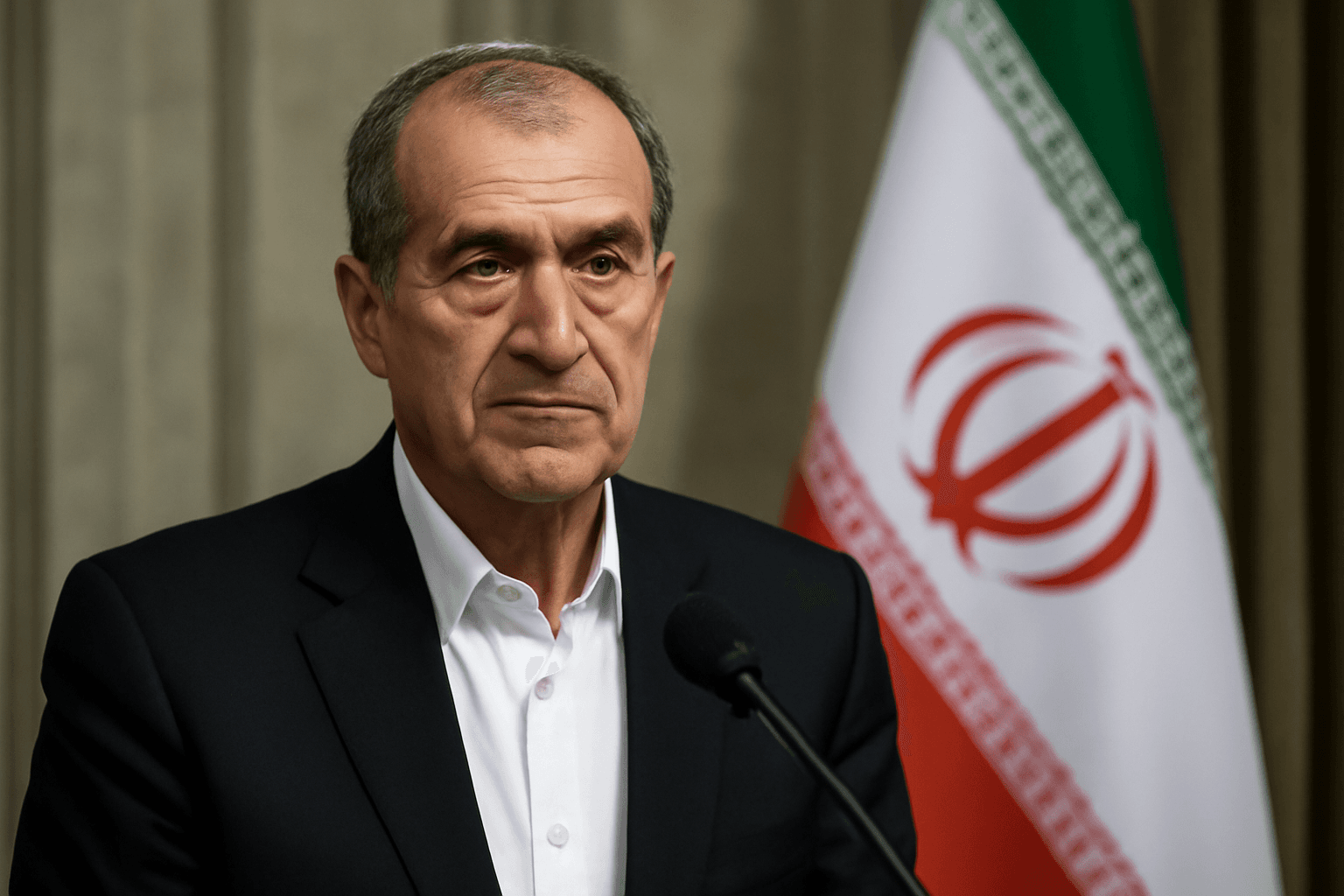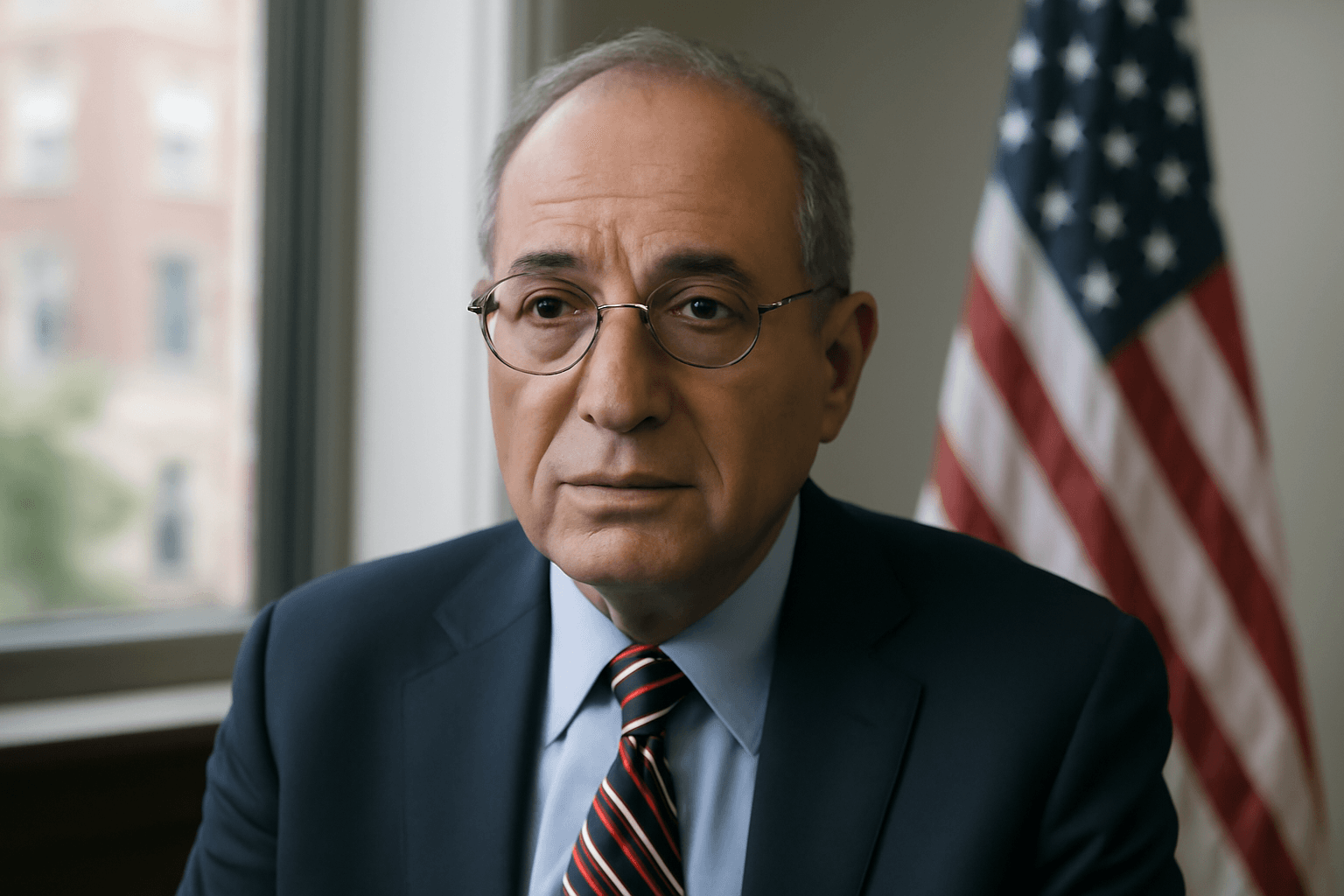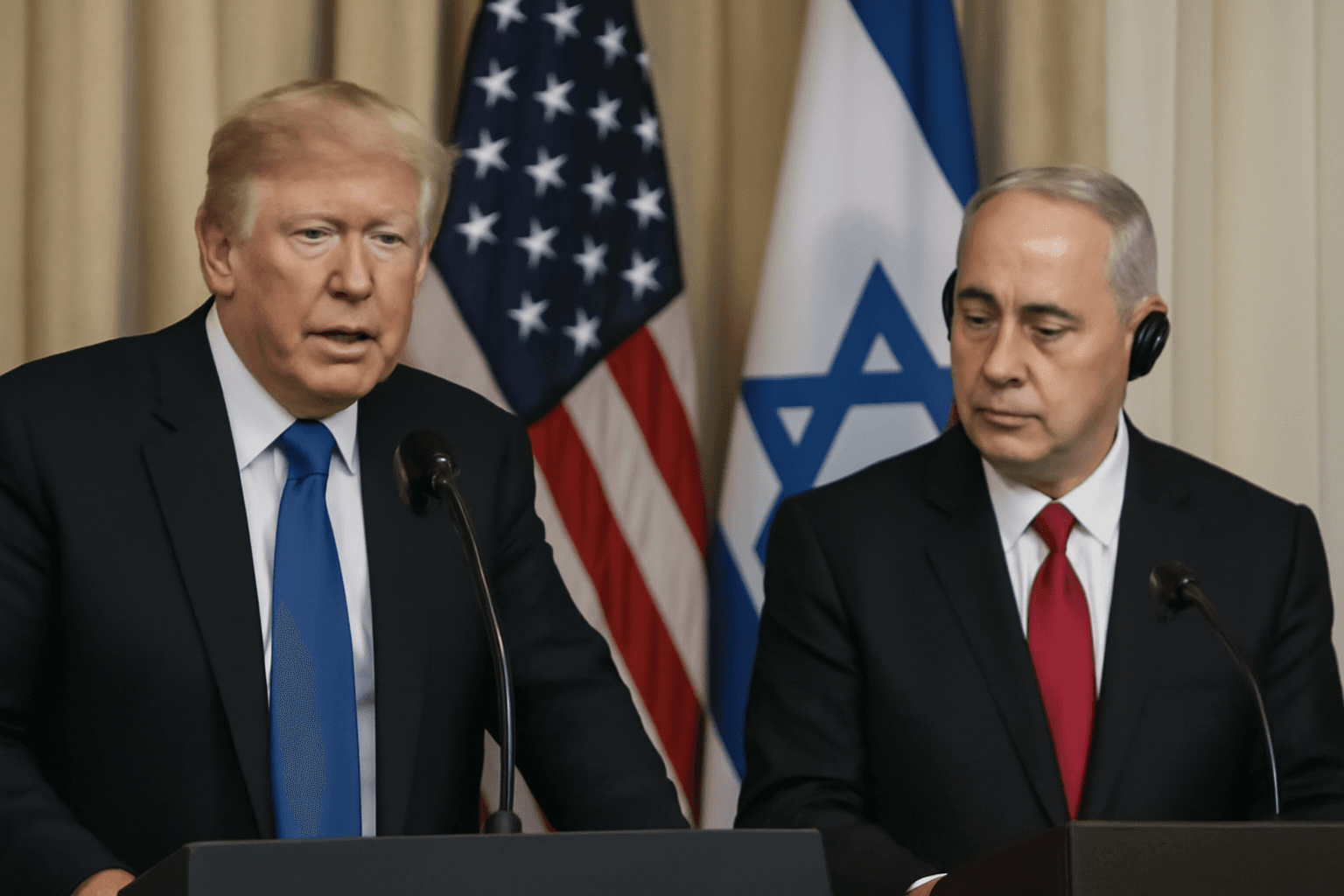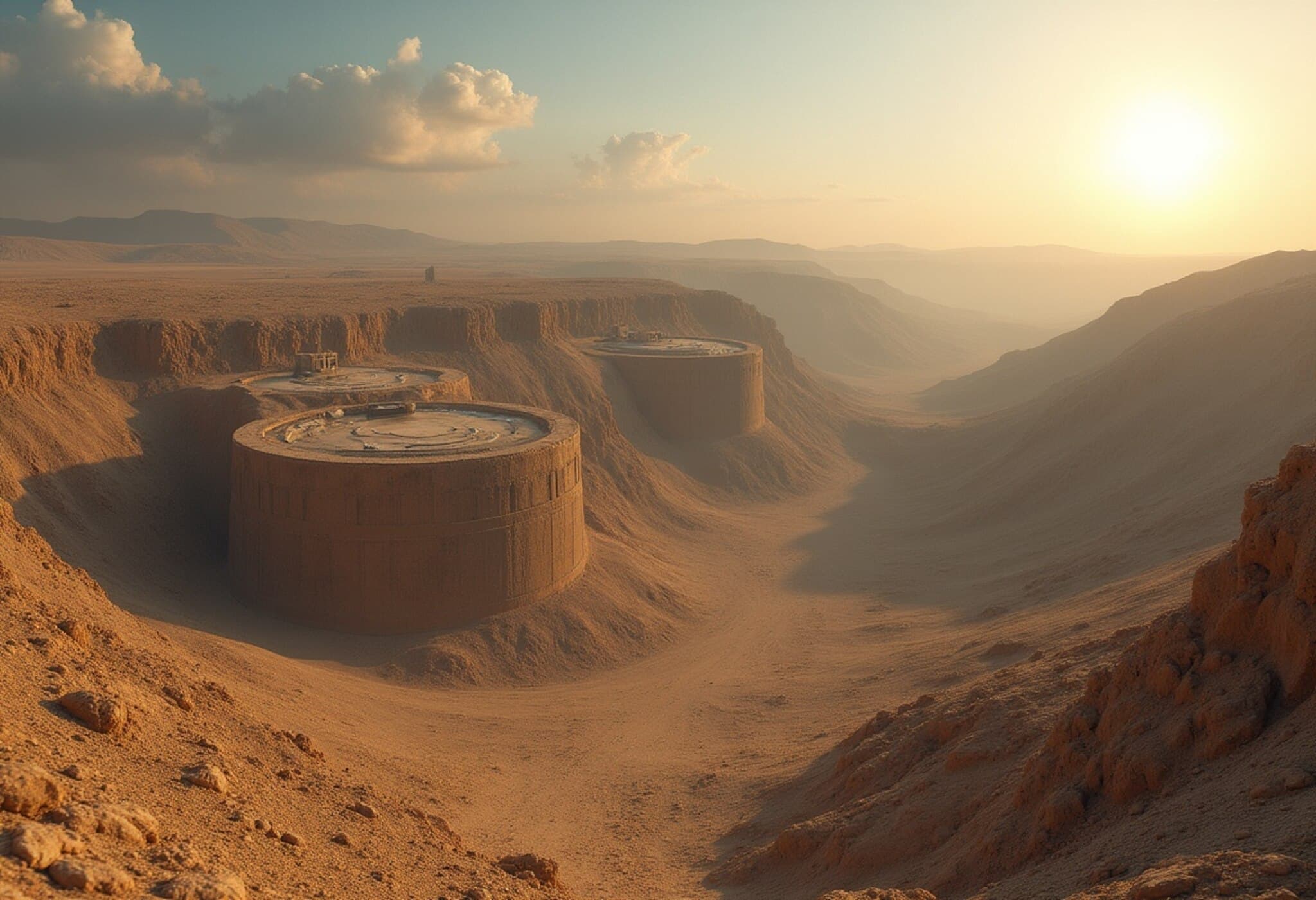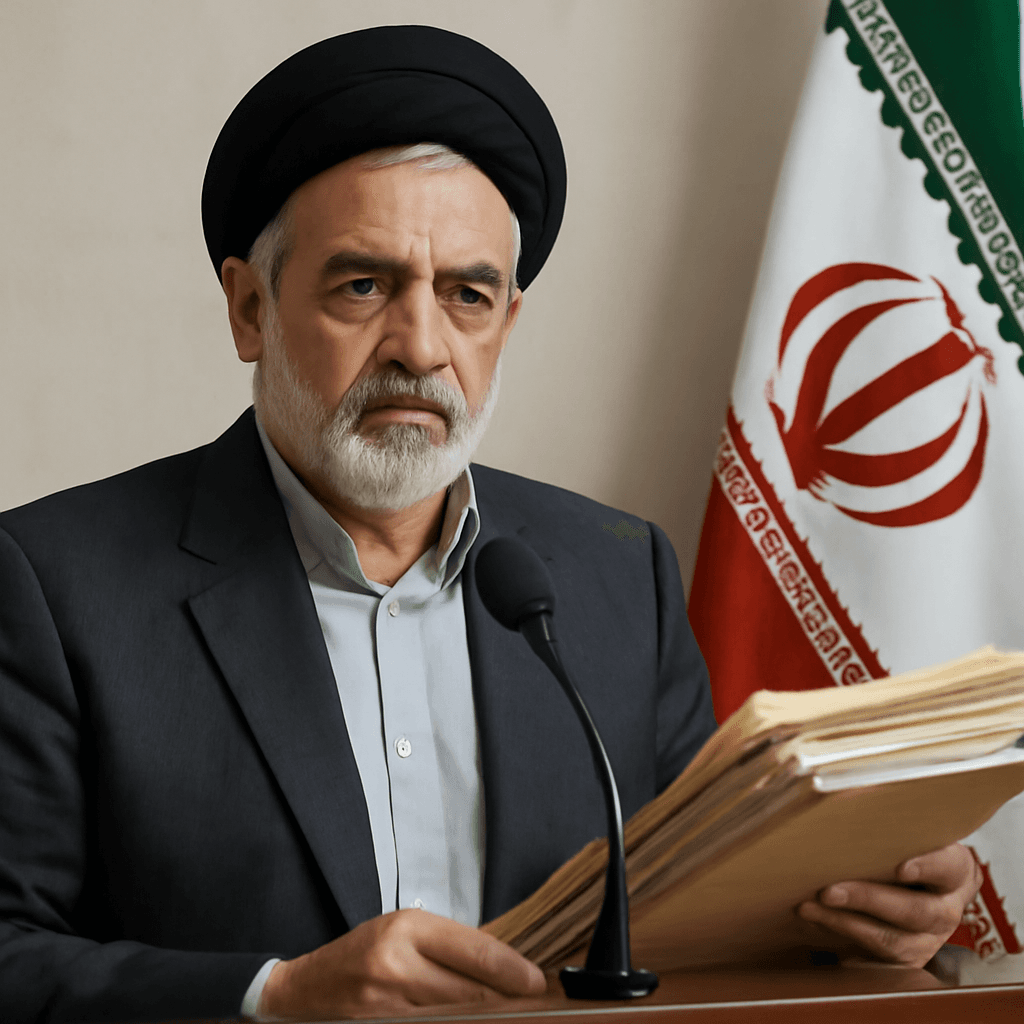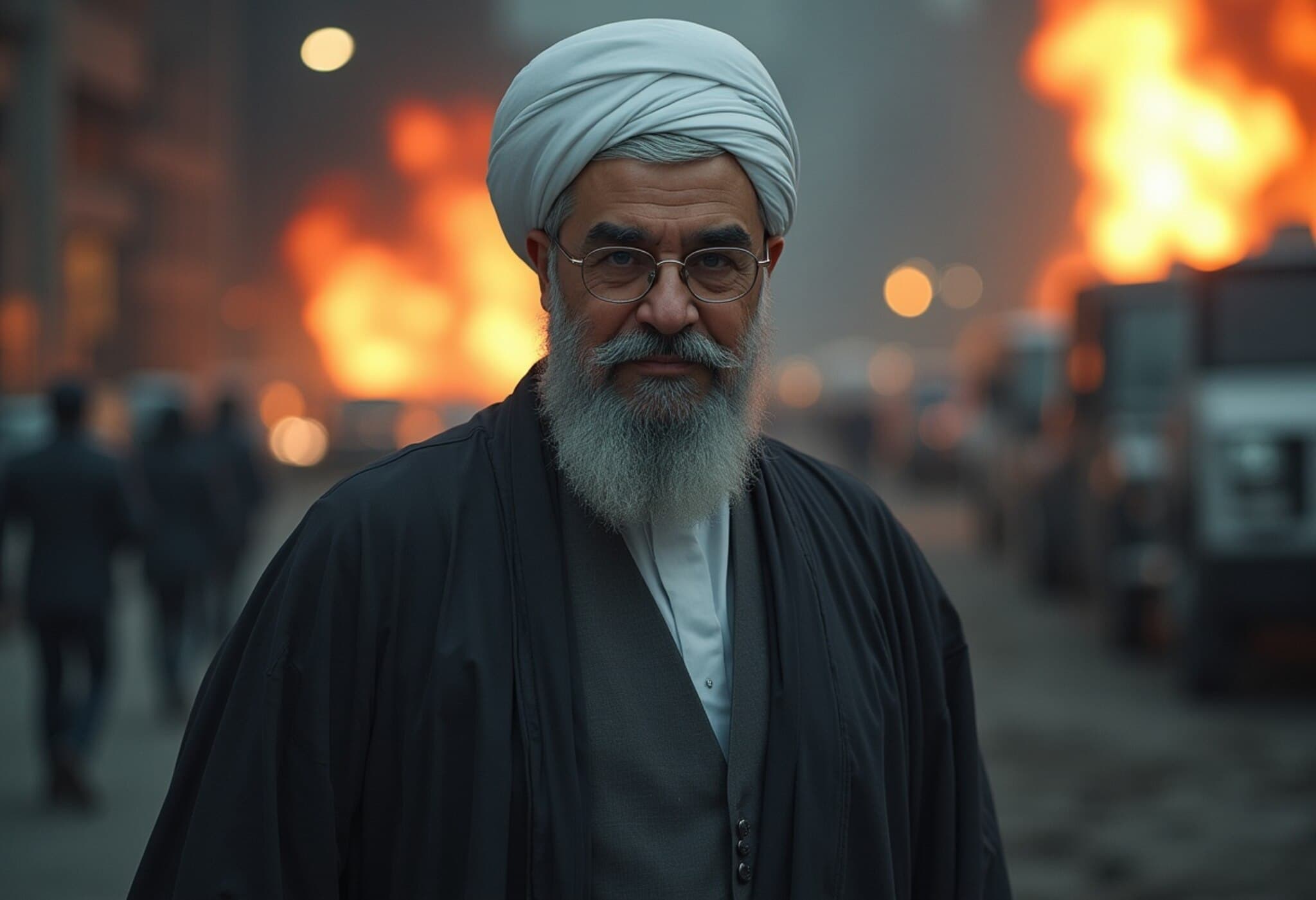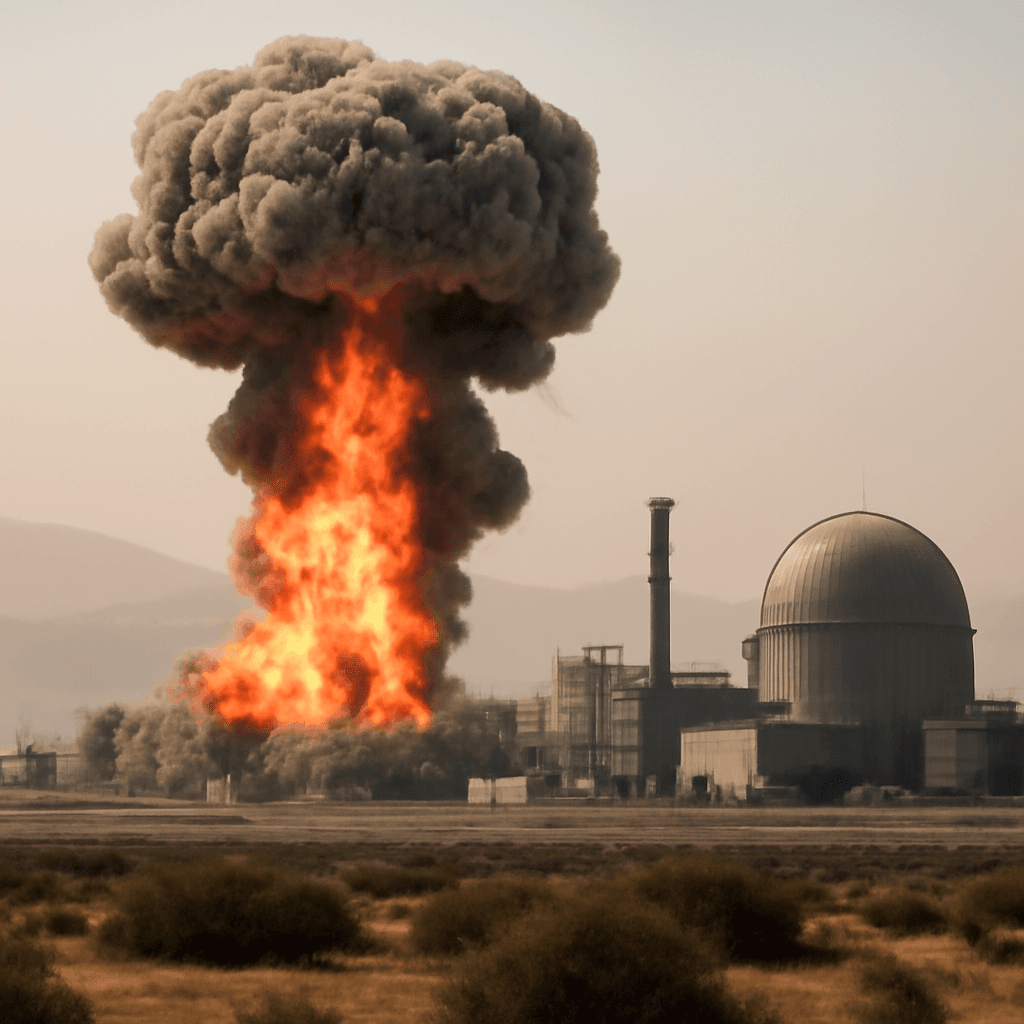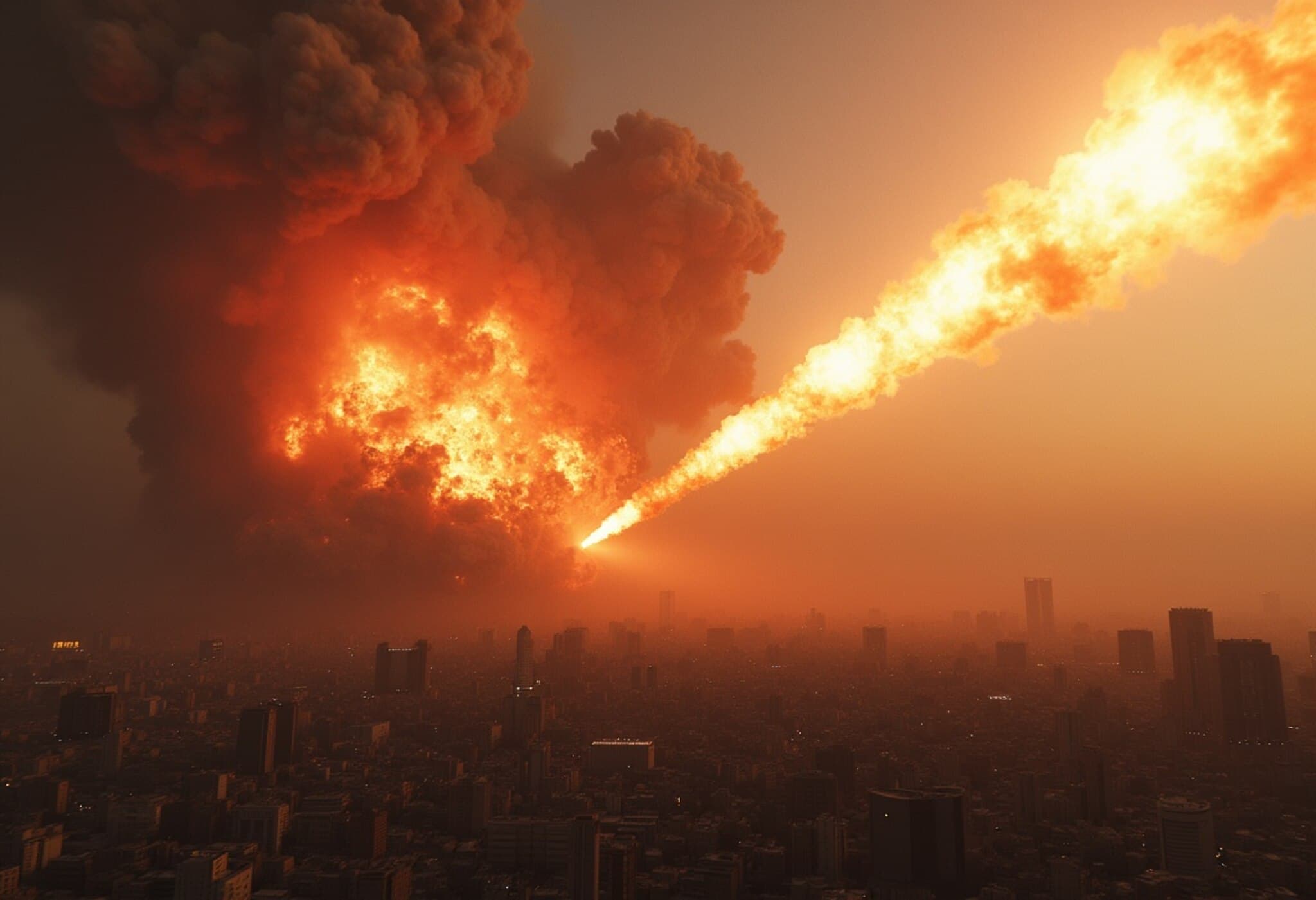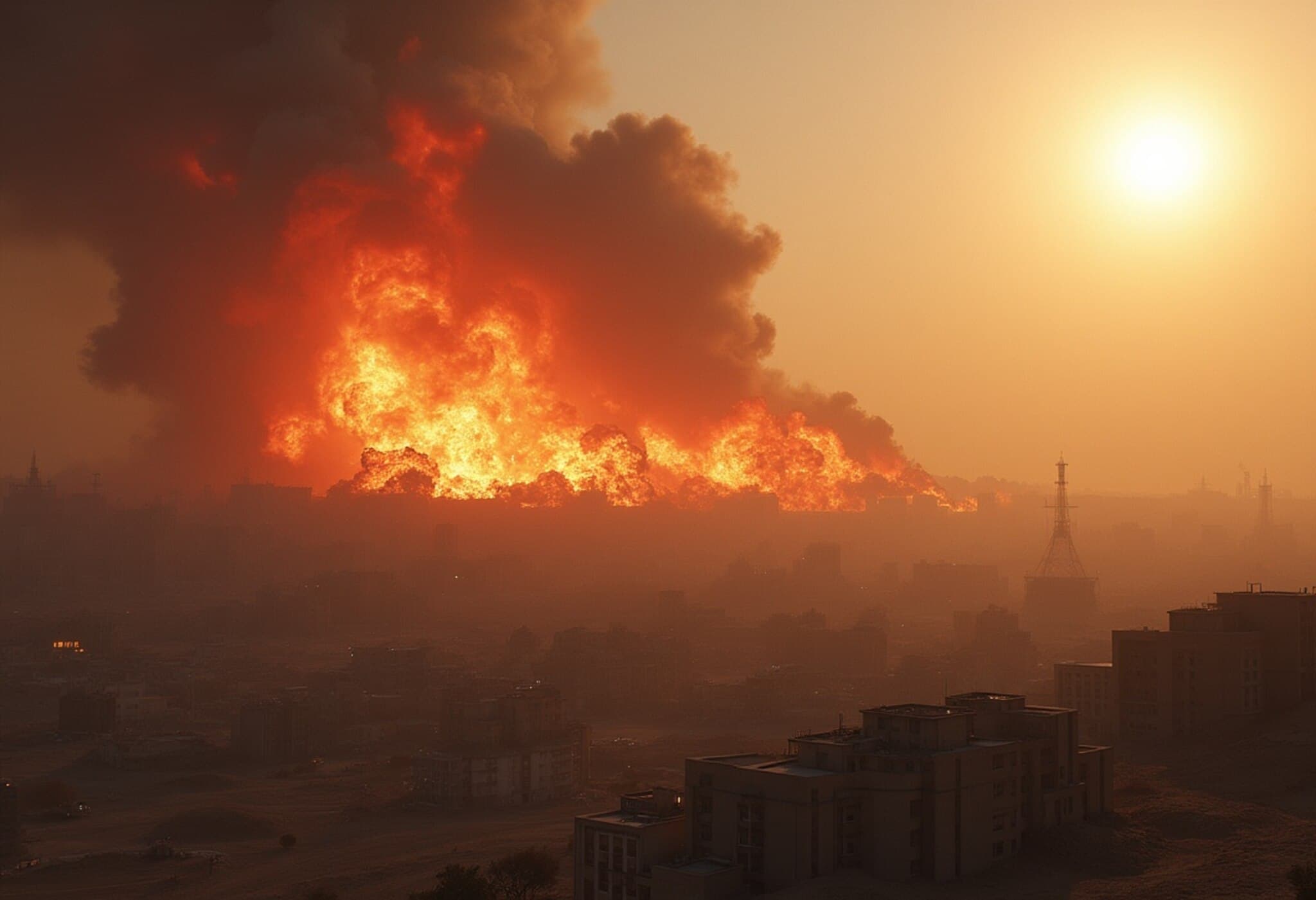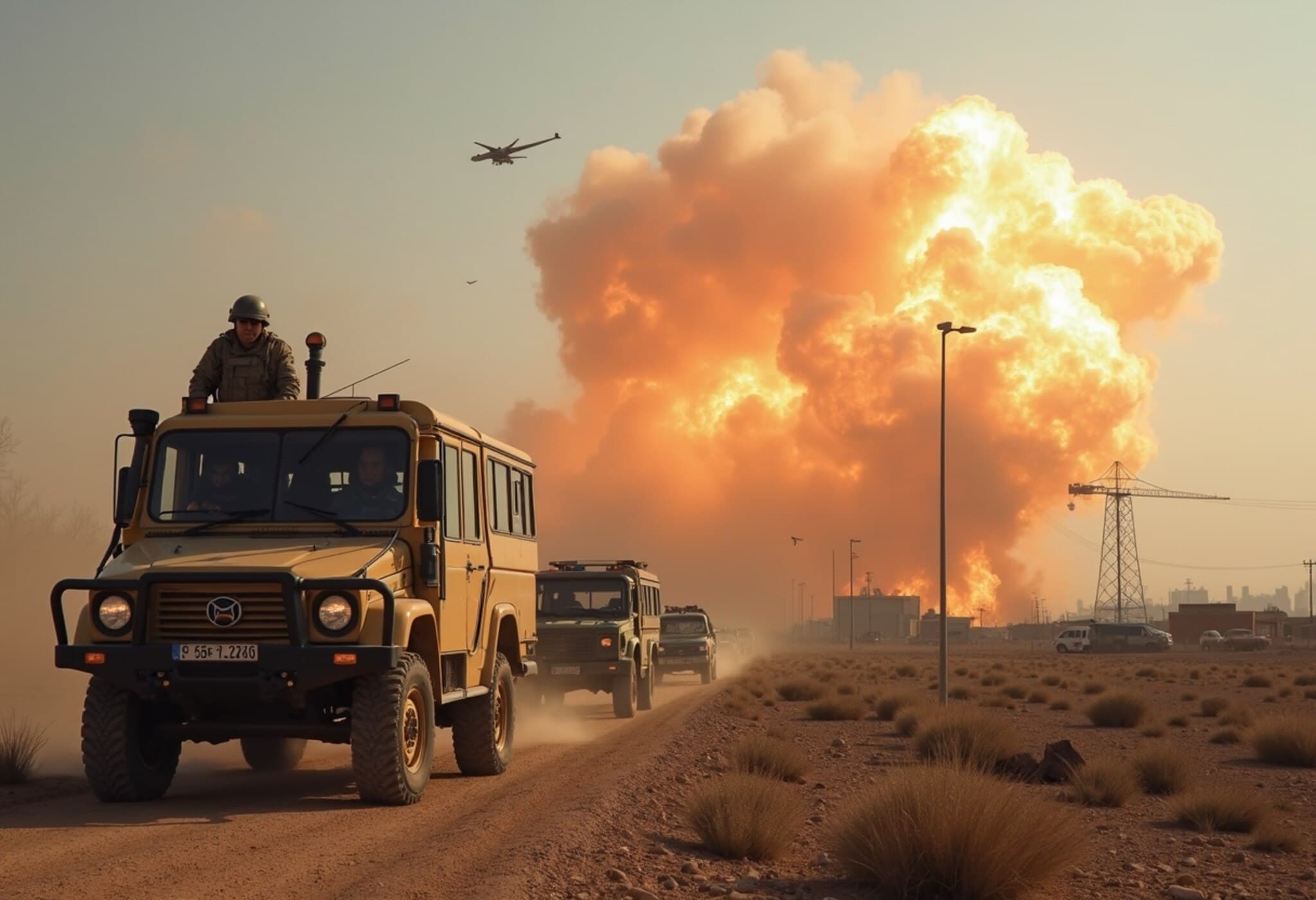Israel Strikes Intensify Over Iran's Nuclear Ambitions
Amid escalating tensions surrounding Iran's nuclear developments, Israel launched attacks on several Iranian nuclear and military sites. Israeli officials justified the strikes as a preemptive move to counter what they see as an imminent nuclear threat from Tehran. Conversely, Iran continues to assert that its nuclear program is strictly peaceful, a stance echoed by certain intelligence assessments suggesting no active bomb development.
IAEA's Censure and Iran’s Nuclear Expansion
These military strikes followed closely on the heels of the International Atomic Energy Agency (IAEA) Board of Governors censuring Iran — the first such condemnation in two decades — over Iran's non-cooperation with nuclear inspectors. In response, Iran swiftly announced plans to establish a third uranium enrichment site and to upgrade several centrifuges to more advanced models, signaling a new phase in its nuclear program.
Meanwhile, diplomatic talks hinted at a possible easing of U.S. sanctions if Iran agreed to dramatically limit or cease uranium enrichment, yet recent developments have cast uncertainty over such negotiations.
Key Iranian Nuclear Facilities and Their Roles
Natanz Enrichment Complex
Situated roughly 220 kilometers southeast of Tehran, the Natanz facility remains Iran's principal uranium enrichment hub. Its underground sections offer enhanced protection against airstrikes. Natanz operates multiple cascades — clusters of centrifuges working in concert to refine uranium more efficiently. Nearby, Iran is expanding into the Kuh-e Kolang Gaz La (Pickax Mountain) area.
The site has been the target of previous cyberattacks and sabotage, including the infamous Stuxnet virus, widely attributed to Israeli and American intelligence efforts, which severely damaged Iranian centrifuges.
Fordo Enrichment Site
Located about 100 kilometers southwest of Tehran, Fordo hosts centrifuge cascades but is smaller than Natanz. Its mountain-embedded location with anti-aircraft defenses suggests it was designed specifically to withstand aerial attacks. Construction began in 2007 but was only revealed to international watchdogs in 2009 after Western intelligence exposure.
Bushehr Nuclear Power Plant
The only commercial nuclear power plant in Iran, Bushehr lies on the Persian Gulf, roughly 750 kilometers south of Tehran. Originally started under the Shah’s regime in the 1970s, it was delayed and damaged during the Iran-Iraq War before Russia completed its construction. Bushehr runs on Russian-supplied uranium fuel and remains under IAEA oversight. Iran is currently building two additional reactors at this site.
Arak Heavy Water Reactor
Found about 250 kilometers southwest of Tehran, the Arak facility uses heavy water reactors, which can produce plutonium, another material potentially weaponizable. Under the 2015 nuclear agreement, Iran agreed to modify this reactor to ease proliferation concerns.
Isfahan Nuclear Technology Center
Located approximately 350 kilometers southeast of Tehran, the Isfahan center is a scientific hub employing thousands of nuclear experts. It hosts research reactors from China and associated labs crucial to Iran’s nuclear expertise and development.
Tehran Research Reactor
Sited at the Atomic Energy Organization of Iran's headquarters, this reactor was originally supplied by the United States in 1967 under the "Atoms for Peace" program. While it initially required highly enriched uranium, it was later converted to operate on low-enriched uranium to reduce proliferation risks.
What Lies Ahead?
The recent military strikes, combined with diplomatic deadlocks and Iran's announcements of expansion, place the region on a knife-edge. As Iran bolsters and diversifies its nuclear infrastructure while facing international pressure, the world's eyes remain locked on Tehran's next moves.

